Olive oil is a traditional cooking commodity. It is known mostly in the Mediterranean diet world, but has since been used as a healthy cooking oil alternative, and has appeared in many restaurants and stocked the shelves in grocery stores. There is olive oil and extra virgin olive oil, which has a lower acidity and is said to have more flavor. Olive oil is used mainly for cooking but has also been used in beauty products such as scrubs, soaps, and cosmetics.
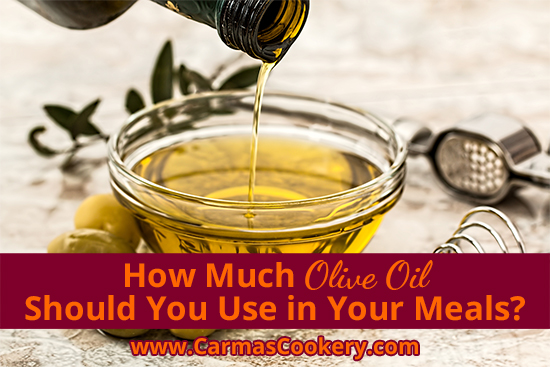
Benefits of Olive oil
Olive oil is known to be rich in monounsaturated fatty acids. Created by pressing whole olives, this oil is said to have some excellent benefits. These types of acids are healthy alternatives to trans fats and saturated fats. Olive oil and its components are meant to aid in the prevention of cardiovascular issues like stroke, high blood pressure, and high cholesterol. It is also said to help reduce inflammation and reduce problems associated with the lining of particular blood vessels.
Pricing
Olive oil is usually reasonably priced. It can be found in most supermarket stores. Oil that is an extra virgin or that is highly refined can be a bit more expensive, but the flavors of these types are said to be more robust. Europe has a vast region dedicated to growing olives to produce oil, and if crops are affected by disease or inclement weather, it can influence the pricing of the oil. Other oils can be substituted, but some will be higher priced, such as truffle oil. Olive oil is easy to find and is priced well for consumers.
Appearance
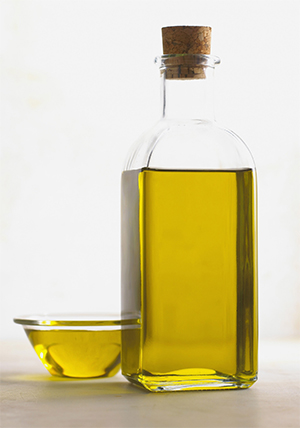 Olive oil is usually in a container that is glass or plastic. It should be a green color, and you should be able to see through it. Try to avoid oil that is very yellowish. Cloudiness in the oil is acceptable, as this might mean that it is unfiltered. The labels on the bottles should tell you this, and also if it is virgin or extra virgin olive oil.
Olive oil is usually in a container that is glass or plastic. It should be a green color, and you should be able to see through it. Try to avoid oil that is very yellowish. Cloudiness in the oil is acceptable, as this might mean that it is unfiltered. The labels on the bottles should tell you this, and also if it is virgin or extra virgin olive oil.
Cooking with Olive Oil
The primary use of olive oil is for cooking purposes. People use oil to fry or to cook fish or vegetables. Some drizzle the oil over pieces of bread or on salads too. It is a popular butter-replacement choice and is also used in mashed and on baked potatoes. Olive oil can be added to certain sauces to create an excellent flavor. It can also serve as a healthy substitute for other ingredients. Stir Frying or pan-frying vegetables with olive oil is commonly done, and you can also use a little over eggs and toast or drizzle some over rice. It is used in many different recipes and can add moisture and flavor to make an incredible meal.
Quantity
Olive oil can be used in specific quantities to reap the maximum health benefits. If recipes call for more or less, then use the recommended amount to make your meal properly. The U.S. Food and Drug Administration suggests that two tablespoons per day are the recommended amount. It is a recommended quantity, not a requirement. You can get your two tablespoons by cooking with the oil, using it on your salad, in a smoothie, in soup, or any other way you need for your meals.
Olive oil should be used in moderation in your cooking and your meals. Too much of it may ruin not only the taste of your food but also may cause some issues, as it increases the amount of the oil that your body isn’t used to. Recipes may call for specific amounts of the oil, and that should be followed. Avoid drowning all your food items in it. A few tablespoons on your food or in your cooking can boost the flavor and deliver some excellent health benefits.

About the Author
Sarah writes for Simmer and Zest. She loves to cook, but she also likes to dig deeper and find out how to make the most out of one’s kitchen.

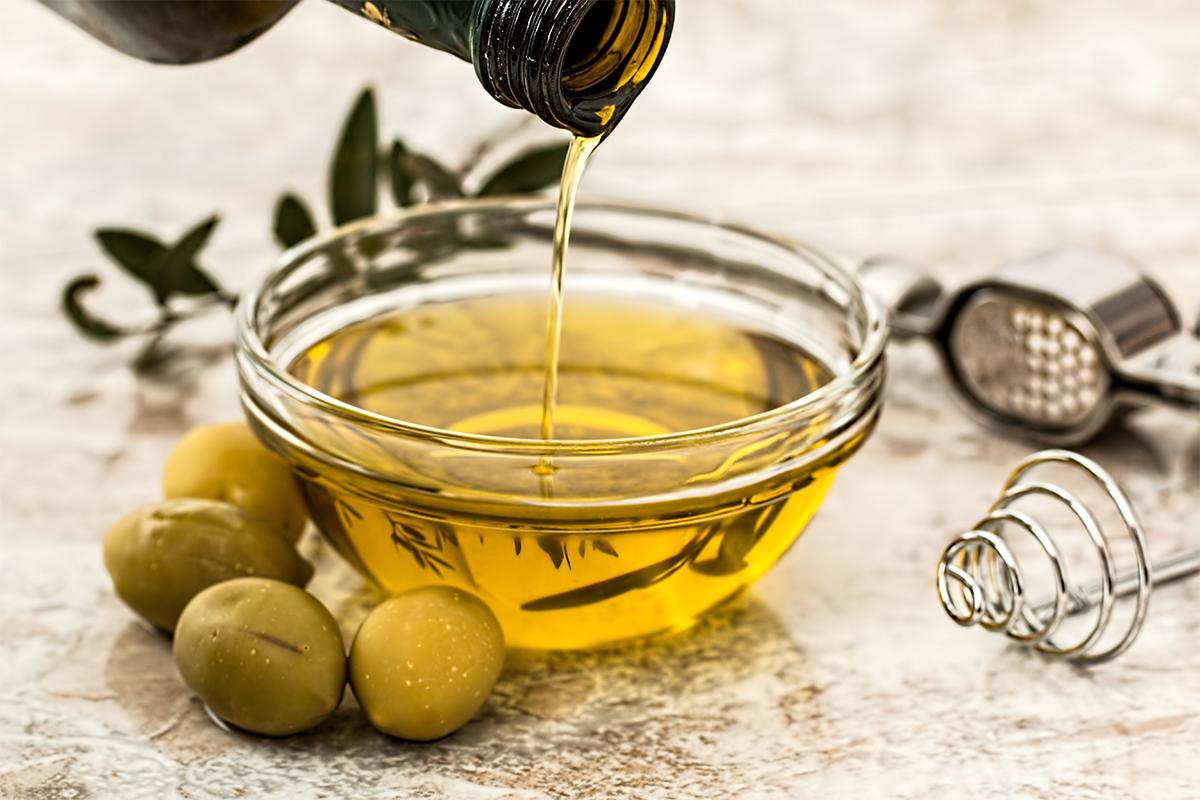
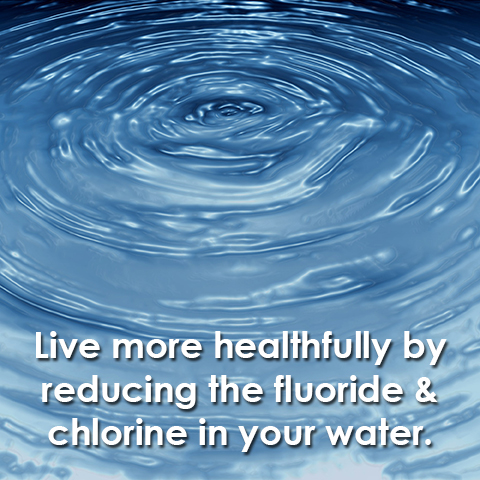
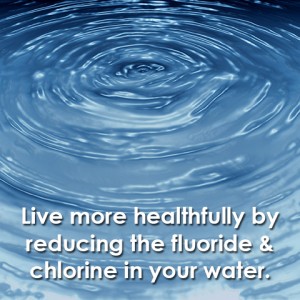 There is so much processed food, additives and other “junk” in our food these days. That’s why there is a growing movement to eat organic foods.
There is so much processed food, additives and other “junk” in our food these days. That’s why there is a growing movement to eat organic foods. [/one_third]
[/one_third]